Hi everyone im using R to try and simulate some economic models. We do this primarily through the use of the euler equation. I've figured out that applying shocks to values which are defined within the function (in this case it is k is pretty simple as seen in the code below, however I'm interested in applying a shock to parameters like delta, theta and rho.
For what its worth I'm using the R package deSolve. Any help is appreciated.
library('deSolve')
##############################################
#Computing the neoclassical growth model in R#
##############################################
#parameters and state space
A<-1
theta<- 0.1
alpha<-0.5
delta<-0.3
rho<-0.9
kinital <- c(k = 1)
times <- seq(from = 0, to = 100, by = 0.2)
#define euler equation
euler <- function(t, k, parms)
list((1/theta)*alpha*A*k^(alpha-1)-delta-rho)
#Compute
out <- ode(y = kinital, times = times, func = euler,
parms = NULL)
plot(out, main = "Euler equation", lwd = 2)
#########################
#Temporary Capital Shock#
########################
eventdat <- data.frame(var = c("k"),
time = c(30) ,
value = c(10),
method = c("add"))
eventdat1 <- data.frame(var = c("k"),
time = c(30) ,
value = c(-5),
method = c("add"))
out3<-ode(y=kinital,times=times,func=euler,events=list(data=eventdat))
out4<-ode(y=kinital,times=times,func=euler,events=list(data=eventdat1))
plot(out,out3,out4,main="Temporary Shock",lwd=3)


